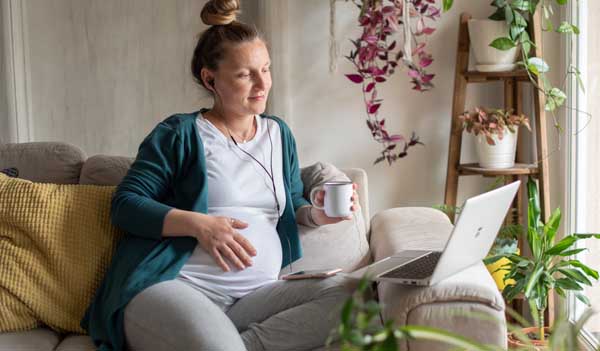Saving for a car: How much do I need to save? | YBS

Reading time 5 minutes
At a glance:
How much you’ll need to save for a car will depend on lots of factors.
Will you buy new, or second-hand? How old is the car and how many miles has it done?
You’ll also need to factor in running costs, insurance, tax and maintenance.
How much does a car cost?
According to NimbleFins , the average cost of a new, small car is between £12,000 to £17,000, while a medium sized car will be in the region of £22,000 to £36,000. A used car can range from hundreds to thousands of pounds, depending on the make and model.
The cost of a car is not just how much you pay for the car itself. Car owners spend on average £2,500 on running their car each year , so you’ll also need to factor this into your budget.
How to find the right car
You should consider how much money you can realistically afford to spend on the car and then look within your price range .
If you don’t have a specific car in mind, you may want to start by:
Looking in local car dealerships
Browsing motoring websites
Asking family and friends for recommendations.
Consider your payment options
There are many ways to pay for a car:
Pay for the car outright
Lease the car instead of buying
Take out the dealer’s own finance.
Paying for a car outright will mean that you don’t need to borrow money or pay any interest on top.
For all options, other than paying outright, putting down a bigger deposit could reduce the cost of your car. It’s always a good idea to shop around as prices and finance deals will vary.
If you’re leasing a car, you may find that many dealerships will offer extras if you lease with them. Some may offer gift card incentives or a certain amount of free fuel.
Consider your deposit
The more money you can pay upfront towards a car, the lower your monthly payments may be. The general rule is that you should aim to save between 10-20% of the car’s full price for a deposit. This will help you to reduce the total interest that you pay on a loan, if you take one out.
The interest on car finance can range anywhere from 5% to over 20%. It will depend on your deposit and what kind of agreement you have. There are two main options:
Personal contract purchase (PCP)
You hire the car for a set number of years. You’ll pay interest during this period. When the contact ends, you can:
Return the car
Pay the resale value and keep the car
Use the resale value towards buying a new car.
Hire purchase (HP)
You put down a deposit, then pay the car off over a set period with monthly repayments. You won’t own the car until you’ve made the last repayment (there may be a fee to take ownership at this point). You will also pay interest on the amount you borrow.
Other costs of running a car
It’s not just buying a car that you’ll need to think about. There are lots of other costs to consider to run a car:
Insurance – average cost is £561 . This can vary a lot, depending on the car you own, how often you drive, your age and where you live
Tax – this is set by the government. The more fuel efficient you car is, the less tax you may pay
MOT and servicing – costs vary from £170 to over £400
Fuel – price of fuel can change often, diesel may cost more
Unexpected or emergency costs – this will range from hundreds or thousands, depending on the price of the car and the amount of damage.
How to keep insurance costs down as a new driver
As well as buying a car you will need to fund your insurance. This can be pricey if you’re a new driver. There are some ways you may be able to keep the cost of insurance down, such as:
Choosing a car in a low insurance group
Increasing your voluntary excess
Driving less
Avoiding modifications
Getting telematics (black box)
How to save for a car
The first step to buying a car is to boost your savings. If you’re looking to start saving, you may want to:
1
Open a savings account
A savings account may be a useful way to save towards a deposit for a car or to buy a car outright. You may also want to save for the initial costs, like insurance.
You may want to save using a:
Regular savings account – this type of account is for putting away month every month. There may be limits on how much you can pay in each month, and when you can take money out.
Cash ISA – this type of account offers tax-free interest. Make sure you are able to access the cash when you need it, as some Cash ISAs have limits on when you can withdraw money.
Easy access savings accounts – this type of savings account is for when you want access to your money. There may be limits to how often you can take money out without losing interest.
2
Try a savings challenge
Savings challenges could be a good way to start, or boost, your savings. Some of our favourites include the £1 savings challenge and the no-spend challenge.
3
Reduce your spending at home
From increasing your home’s energy efficiency to selling unwanted items – there are many ways to save money at home to help bolster your savings.
The content on this page is for reference. It is not financial advice.
For help with money issues, try MoneyHelper.
For help with money issues, try MoneyHelper.


